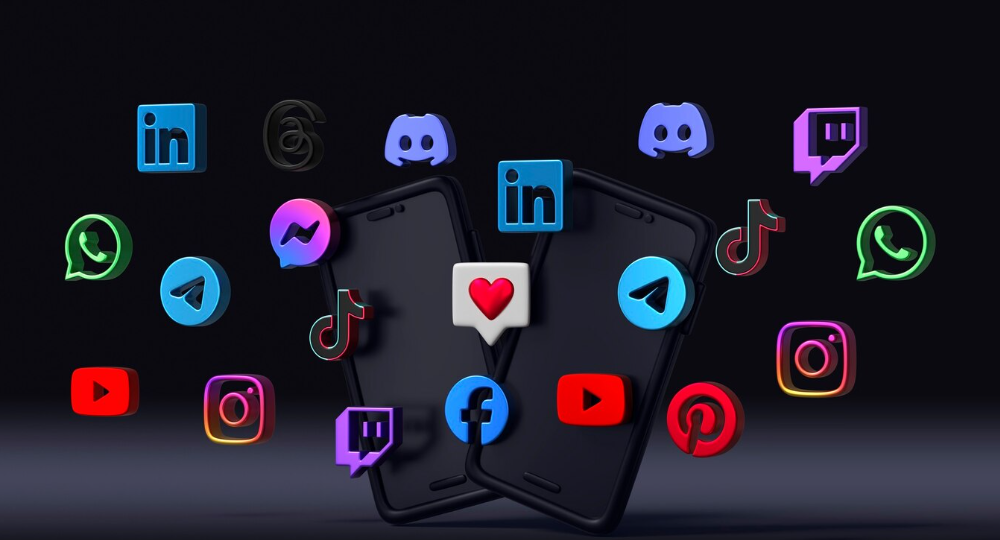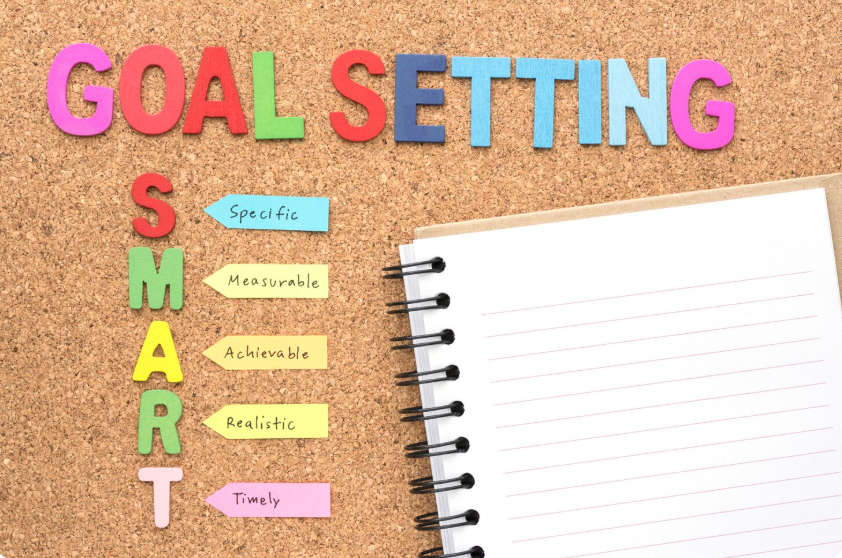Marketing strategy is one of those buzzwords every business throws around, but not everyone understands what it means. It’s not just about running ads or posting on social media. Your overall plan is to reach the right people, get them interested in what you offer, and turn that interest into real results.
If your marketing feels all over the place, rushed, or disconnected from your goals, that usually means your strategy isn’t clear or strong enough. A solid strategy gives you a roadmap. It helps you focus on what matters and stop wasting time on things that don’t.
In this guide, I’ll explain what a marketing strategy is, why it’s important, what it should include, and how to build one step by step. Plus, I’ll share some real examples and useful tools you can use.
What Is a Marketing Strategy?
Think of a marketing strategy as your long-term plan for attracting and keeping customers. It ties together your brand, your product, and your target audience. Instead of trying random things and hoping something works, a marketing strategy is built around knowing who you’re talking to, what makes your product valuable, and how to deliver that message in the right way. When your strategy is clear, every ad, email, or social post has a purpose it’s all connected and working toward your goals.
Why Does a Marketing Strategy Matter?
Trying to grow your business without a strategy is like building a house without a blueprint. You might get some walls up, but the whole thing won’t hold together. A good strategy gives you clarity about who you’re marketing to and why. It makes sure your message stays consistent across platforms.
It helps your team know where to focus time and budget. Most importantly, it means you’re not just guessing you’re making smart decisions based on real insight. It also makes it easier to say “no” to ideas that don’t serve your goals, which can save you a lot of time and headaches.
What Should a Complete Marketing Strategy Include?
A good marketing strategy isn’t just a list of goals or a content calendar. It’s a well-thought-out plan that connects your business goals with how you talk to your audience, where you reach them, and what you offer. Here’s what every strategy should cover:
1. Understand Your Market
Before you start creating content or ads, you need to understand the bigger picture. What’s changing in your industry? Who else is competing for your audience’s attention? What are your potential customers doing and thinking? Knowing this helps you make smart choices instead of guessing.
2. Know Your Audience
Trying to market to everyone usually means you won’t connect with anyone. A good strategy defines who exactly you want to reach. This means digging into details like their age, interests, what motivates them, and how they behave. When you know this, you can create “buyer personas” — real-feeling profiles that help guide your messaging.

3. Define Your Unique Value
What makes your product or service different or better? Why should people pick you? Your unique value proposition should be simple and clear. This message needs to come through in everything you do, from ads to social posts.
4. Set Clear Goals
Vague goals like “grow the brand” don’t help much. Instead, set goals that are specific and measurable. For example, “increase website traffic by 30% in 6 months” or “reduce customer churn by 10% this quarter.” Clear goals keep you and your team focused.
5. Choose The Right Platform
Not every social media platform fits every business. Pick the ones where your audience spends their time and where your message will fit naturally. This might be blogging, email marketing, Instagram, paid ads, or even offline events.

6. Create Your Messaging
What do you want your audience to hear? Your messaging should speak to their needs or problems, reflect your brand’s personality, and guide them toward the next step—whether that’s signing up, buying, or just learning more.
7. Plan Your Budget and Resources
Know how much money you can spend and who’s going to do the work. Will you hire freelancers, use your in-house team, or work with an agency? What tools will you need for scheduling, analytics, or design? Planning this helps you stay realistic.
8. Track Your Progress
If you don’t measure it, you won’t know if it’s working. Keep an eye on metrics that matter to your goals—like website visits, email open rates, conversions, or ad performance. Check regularly and make changes when things aren’t working.
9. Keep Improving
No strategy is perfect right out of the gate. The best strategies evolve. Test different messages, audiences, or platforms. See what works and tweak your approach as you go.
How Do You Build a Marketing Strategy? Step-by-Step
Here’s a simple way to build your marketing strategy:
1. Look at What’s Already Happening
Before planning anything new, take a step back. What have you already tried? What worked? What flopped? Maybe you’ve had success with Instagram, but your blog posts aren’t getting much traction. Maybe you’re spending on ads, but no one’s clicking. Gather that info, good and bad. It’ll keep you from repeating mistakes and help you double down where you’re already getting results.
2. Get Clear on Your Goals
Don’t skip this step. Vague goals like “grow the brand” or “get more traffic” sound good, but they’re not helpful when you’re making real decisions.
Try to get specific. Are you trying to get more leads? Increase sign-ups? Retain existing customers longer? When your goals are clear and measurable, it’s way easier to know what to focus on and what success looks like.

3. Get to Know Your Audience
You can’t market well to people you don’t understand. Spend time getting to know your audience beyond just age or job title. What are they struggling with? What makes them hesitate before buying? What kind of content do they love?
Talk to your current customers. Read reviews of yours and your competitors’. Look at your analytics. The more insight you have, the better your messaging and targeting will be.
4. Sharpen Your Message
Once you know who you’re talking to, figure out what you want to say and how to say it clearly. What’s the one thing you want people to remember about your brand? What makes you different, or better?
This is where you lock in your value proposition. Keep it simple. Keep it honest. Make sure it’s something your audience would care about, not just buzzwords that sound good on paper.
5. Pick the Right Places to Show Up
Focus on where your audience already spends their attention. If your ideal customer isn’t on TikTok, don’t force it. If they’re reading blogs or listening to podcasts, go there.
Choose a few core channels—social media, SEO, email, maybe paid ads—and start small. It’s better to be consistent on two platforms than to burn out trying to do everything.
6. Make a Realistic Plan
Figure out what content or campaigns you’ll create, who’s responsible, how often things go out, and how it all fits together. Then, look at your budget—what can you afford to spend, and where?
Be honest about your time and resources. If you don’t have a full team, don’t plan like you do. Create a schedule and stick to it, but leave room to adjust if things change (and they will).
Related article: What is a Marketing Plan & How to Write One?
7. Track What’s Working and What’s Not
The only way to know if your strategy is working is to track the right metrics. Pick a few key ones based on your goals, like email signups, cost per lead, or website conversions, and check in regularly.
Don’t wait six months to see if something’s working. Look weekly or monthly, spot the patterns, and make small changes as you go. Marketing isn’t a one-and-done thing—it’s a living process.

Real-World Examples
Here are some brands that nailed their marketing strategy:
| Brand | What They Did Well |
|---|---|
| Spotify | Personalizes user experience, making listeners feel understood and valued. |
| Slack | Grew by focusing on product ease-of-use and organic sharing rather than heavy advertising. |
| Nike | Uses emotional storytelling to connect deeply with customers beyond just the products they sell. |
| Merit Beauty | Focuses on a simple, consistent brand voice across just a couple of channels and does them well. |
Tools That Can Help You Execute Your Strategy
The right tools can make your marketing easier and more effective:
| Category | Tools | What They Do |
|---|---|---|
| Content & SEO | Ahrefs, Clearscope, Google Search Console | Help with keyword research, content optimization, and SEO |
| Email Marketing | Mailchimp, ConvertKit | Build and send email campaigns, manage subscribers |
| CRM & Customer Data | HubSpot, Zoho CRM | Manage contacts and sales pipelines |
| Project Management | Notion, Trello, Asana | Organize projects, tasks, and team collaboration |
| Analytics | Google Analytics, Mixpanel | Track website traffic, user behavior, and conversions |
Conclusion
A great marketing strategy isn’t about doing everything or being everywhere. It’s about making smart, focused choices based on what your customers need and what your business does best.
When you have a clear strategy, your marketing will work better, and you’ll spend less time and effort guessing. Take the time to plan, track, and improve your strategy, and you’ll find marketing becomes less stressful and more rewarding







